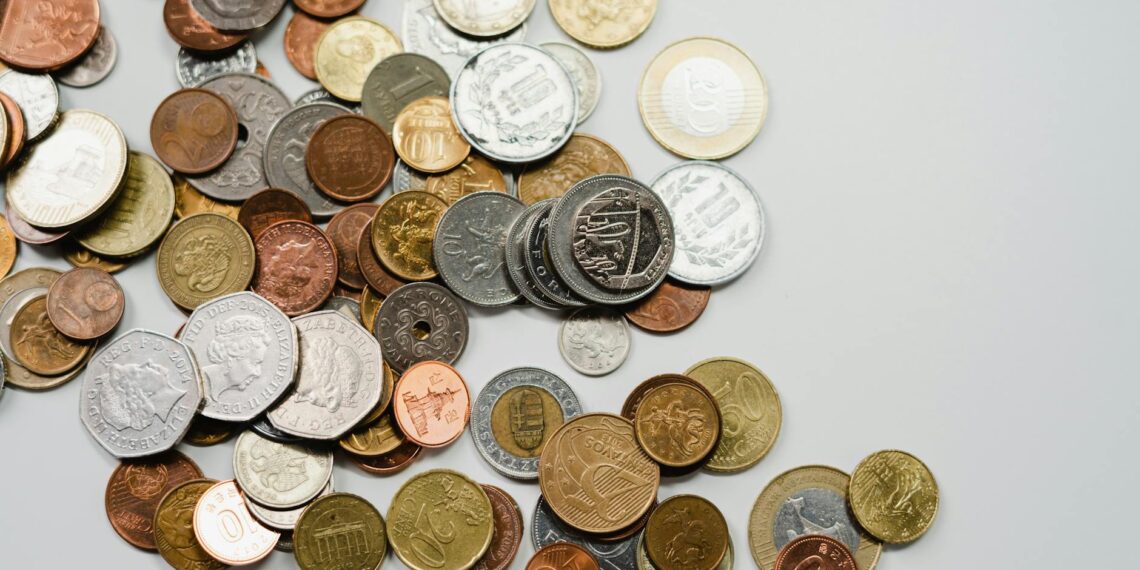If you’re wondering whether a coin is silver, here are a few methods you can use:
- Check the edge: Many clad coins (coins with a layer of one metal over a core of another) have a visible copper stripe on the edge. A solid silver edge suggests the coin is silver.
- Look for hallmarks/stamps: Genuine silver coins, especially investment-grade ones, often have markings indicating their purity (e.g., “999” or “925” for sterling silver) and sometimes weight and mint marks. Be aware that counterfeit hallmarks exist, so scrutinize them carefully.
- Observe color and luster: Real silver typically has a bright, metallic luster that can develop a patina (a dark film) over time due to exposure to air and sulfur-containing substances. Fake or silver-plated items may tarnish unevenly or appear duller.
- Examine details: Compare the coin’s design details and mint marks to official references. Irregularities could point to a fake.
- Magnet test: Silver is not magnetic. If a magnet strongly attracts the coin, it’s likely not solid silver. However, some non-magnetic alloys can look like silver, so use this test in conjunction with others.
- Ice cube test: Silver is a very good conductor of heat. Place an ice cube on the coin; if it’s real silver, the ice should melt significantly faster than on a regular coin or other non-silver surface. You can do a comparison by placing an ice cube on a known silver item and another on a non-silver item to compare the melt rate.
- Odor test: Pure silver is typically odorless or has a very faint smell. If the coin has a distinct metallic smell (like iron or copper), it might not be pure silver.
- Ring test (ping test): Gently strike the coin against another coin or a hard, non-abrasive surface. A genuine silver coin will produce a high-pitched ringing sound, whereas a silver-clad or fake coin will likely produce a dull thud.
- Weight test: Research the specific weight, diameter, and thickness of the coin you’re testing. If your coin deviates significantly from these specifications, it may not be genuine silver.
- Acid testing: Silver testing kits are available that involve applying a small drop of nitric acid to an inconspicuous area of the coin. The acid will react differently depending on the silver content, often changing to a creamy color for high-purity silver. Always follow safety precautions and consider having a professional perform this test.
- Specific Gravity Test: This involves weighing the coin in air and then submerged in water to calculate its specific gravity. This method can help estimate the coin’s purity.
- X-Ray Fluorescence (XRF) Testing: This is a non-destructive method used by professionals that can provide a precise breakdown of the coin’s metallic composition, including its silver content.
- Multiple Tests: It’s best to use a combination of these tests rather than relying on just one, especially for valuable coins.
- Professional Expertise: If you have doubts or are dealing with expensive coins, consult with a reputable coin dealer or appraiser for a definitive assessment. They have specialized tools and knowledge to accurately identify real silver coins.









How do you test if a coin is silver or not?
Good point! Or toilet. Paper. So what do you do well get a little space going and get the coin that you believe could be a fake. So is this real silver or not pop it down right there on the table.